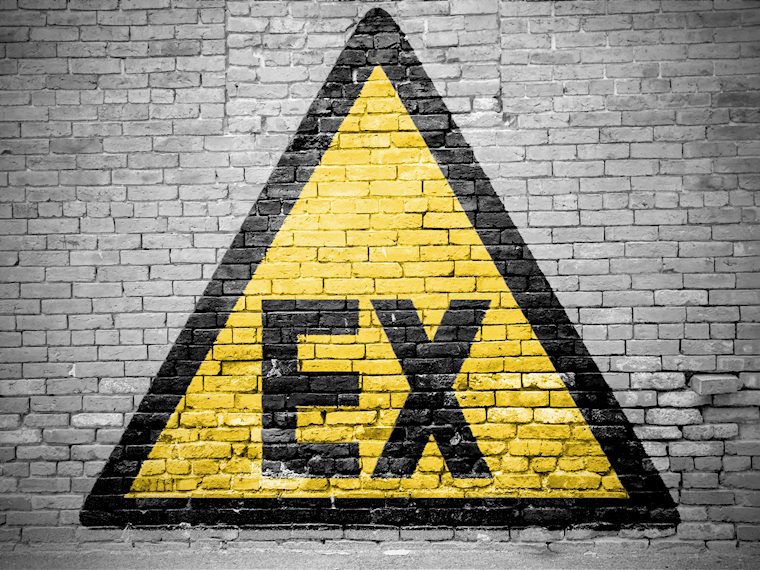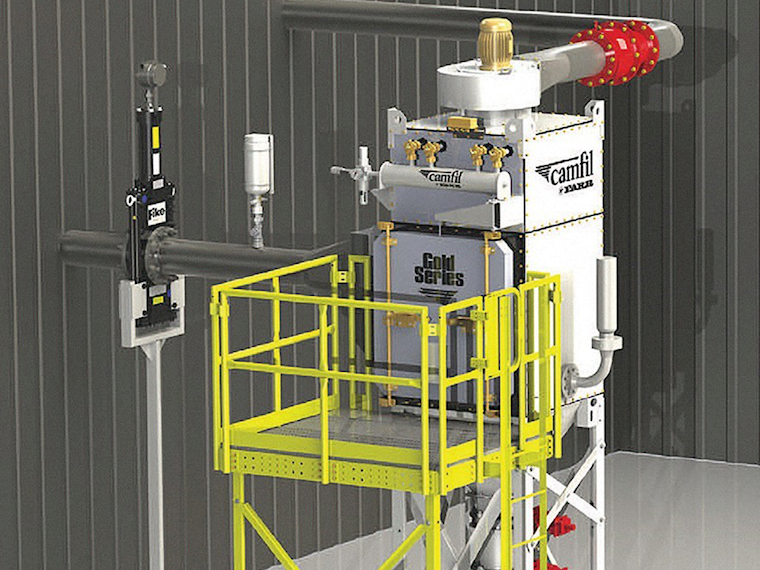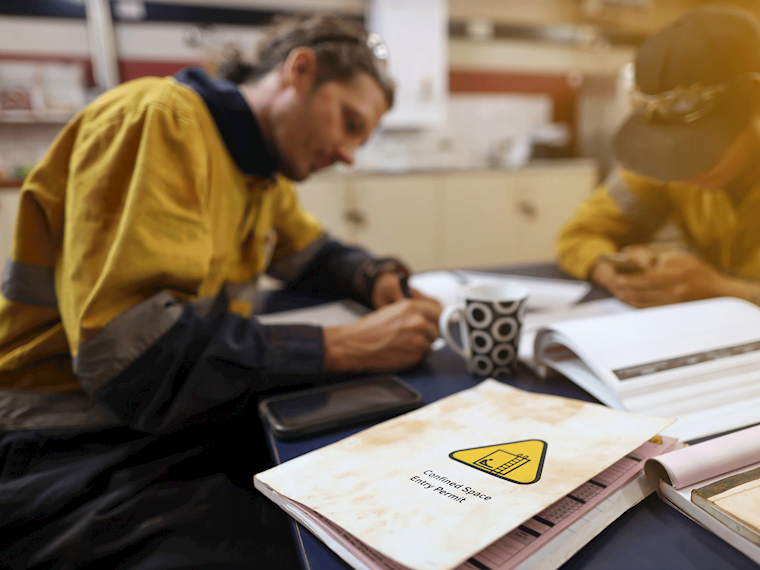Dust collection systems are all safety devices and thus state-of-the art modern methods of validation and certification are required. Furthermore it is vital to ensure that the system is still in compliance after perhaps changed process conditions, to provide maximum safety for personnel and the facility. It is also recommended to carry out quality audits, process reliability surveys and annual safety inspections.
Extraction systems handling explosive dusts contain many vital components which must be fully functional and working together to provide the expected safety and reliability of the entire system. If a system is not working as intended, it can have a negative impact on the production process which is no longer protected by the correct extraction, leading to higher rejection rates, health issues with the operators and very high costs for housekeeping. If ignored, lack of housekeeping or malfunction of the extraction system and safety components can ultimately lead to a higher risk of dust explosion with catastrophic consequences. In itself, it also leads to accelerated wear on equipment.
For all ATEX equipment, there is a requirement to conduct regular inspections. The exact interval and requirements depends on the manufacturer and the conditions set out by the notified body responsible for the type approval.
...and information according to EN 15089.
All explosion isolation systems shall be at least accompanied by instructions that include:
Description of the intended use of the explosion isolation system:
Information marked on the product:

Periodic inspection checks should be carried out to ensure that the explosion isolation capability does not deteriorate and would continue to react as originally designed in the event of an explosion.
Full description of procedures to be followed after an explosion:
In case an explosion has occurred, an inspection of the equipment is necessary. After completion of any repairs and before the equipment goes back into service, it is the responsibility of the user to satisfy himself that the equipment is safe and the explosion isolation precautions are suitable for the equipment´s intended use. For further information see also EN 13463-1.


Regular training of key personnel is another important point. This could be personnel directly working with the equipment but also to repeat what to do in case of an emergency with for example BMS (Building Management System) operators.
Its recommended to have an emergency check list that can be used when the alarm is triggered. All ATEX equipment shall have a section in the manual to list required actions, but this is normally not adapted to site specific conditions. Such a check list must be easily accessible or automatically popping up in the BMS computer. Looking for a specific user manual is not a an option in the event of emergency.
